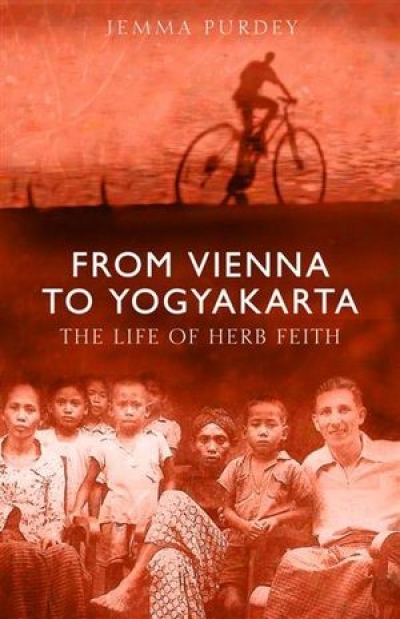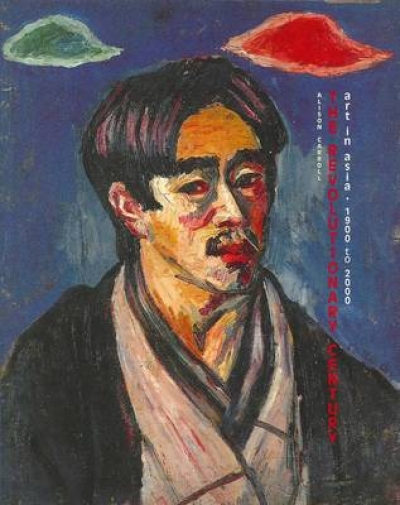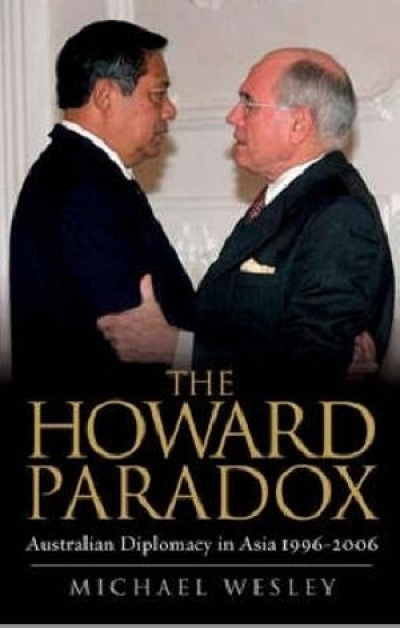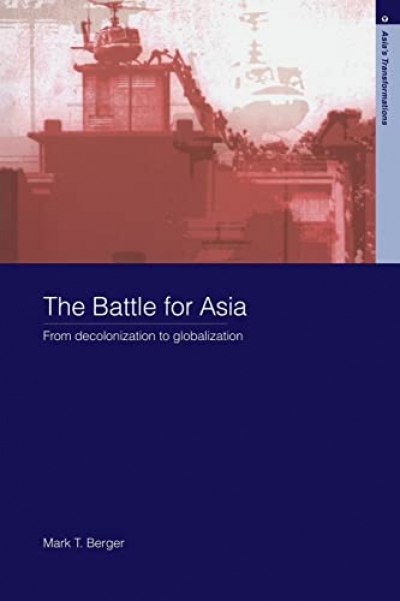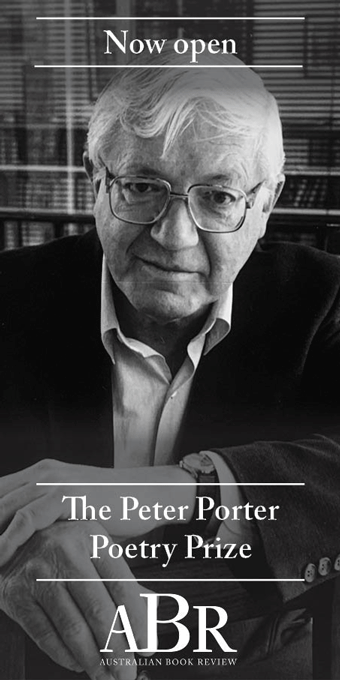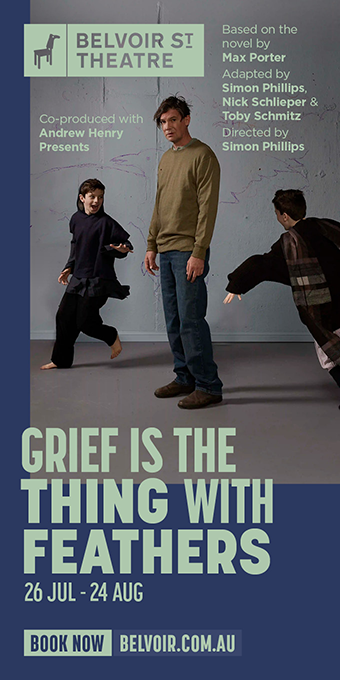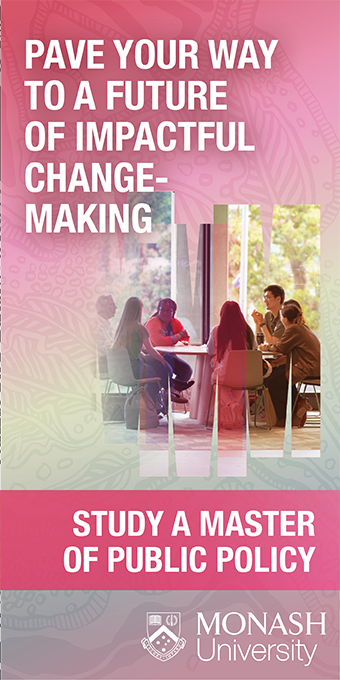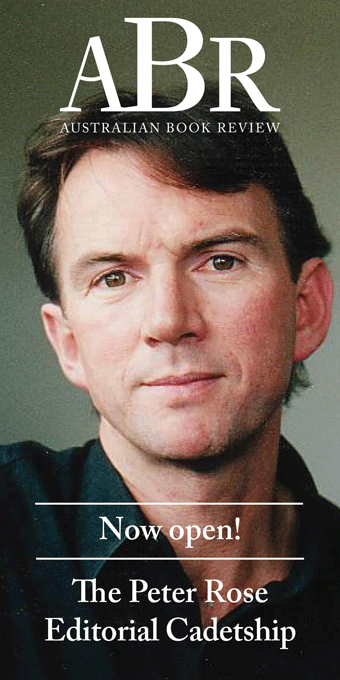Asian Studies
From Vienna to Yogyakarta: The Life of Herb Feith by Jemma Purdey
by Joan Grant •
Reporter: Forty Years Covering Asia by John McBeth
by Richard Broinowski •
The Korean War: Australia in the Giant’s Playground by Cameron Forbes
by Richard Broinowski •
The Revolutionary Century by Alison Carroll & Every 23 Days by Sarah Bond, Alison Carroll and Claire Watson
by Peter Hill •
Life, Death and Magic: 2000 years of Southeast Asian Ancestral Art by Robyn Maxwell
by Carol Cains •
Rivals by Bill Emmott & The New Asian Hemisphere by Kishore Mahbubani
by Nick Bisley •
Forgotten Wars: The end of Britain's Asian emprie by Christopher Bayly and Tim Harper
by Peter Edwards •
The Howard Paradox: Australian diplomacy in Asia 1996–2006 by Michael Wesley
by Allan Gyngell •
Diaspora: The Australasian experience edited by Cynthia Vanden Driesen and Ralph Crane
by Rick Hosking •
The Battle for Asia: From decolonisation to globalisation by Mark T. Berger
by Malcolm Cook •


